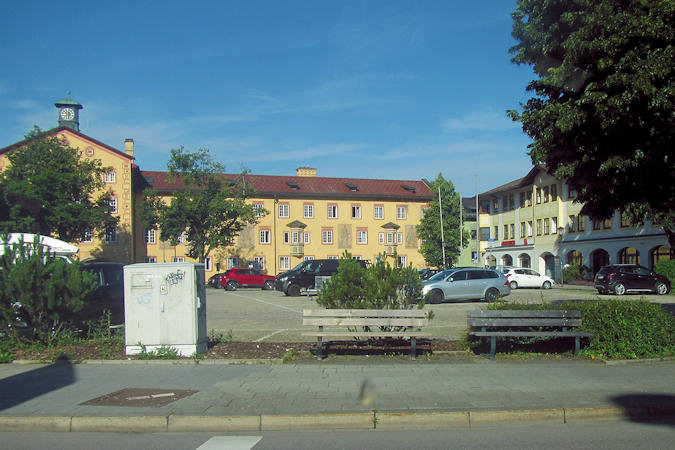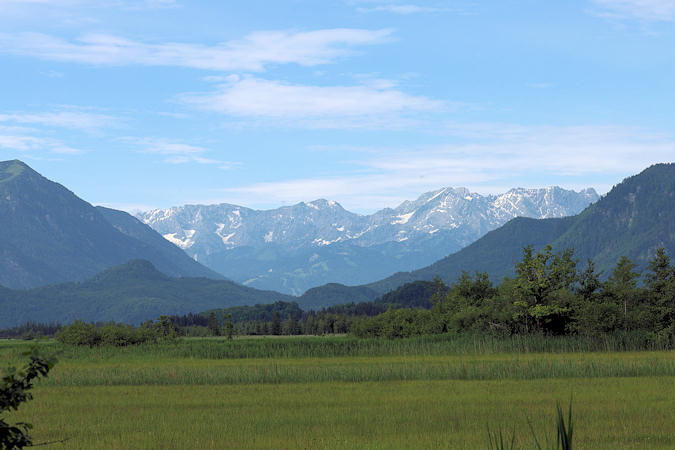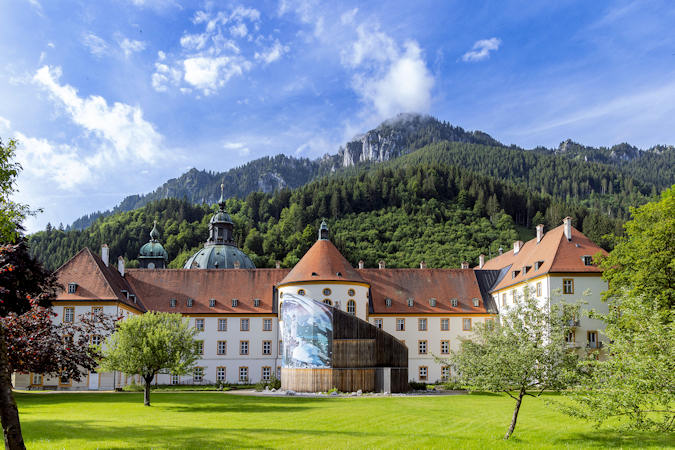Germany
Things to DO
Garmisch-Partenkirchen
Garmisch (in the west) and Partenkirchen (in the east) were separate towns for many centuries, and still maintain
quite separate identities. Partenkirchen originated as the Roman town of "Partanum" on the trade route from Venice to
Augsburg and is first mentioned in the year AD 15. Its main street, Ludwigsstrasse, follows the original Roman road.
Garmisch was first mentioned some 800 years later as "Germaneskau" ("German District"), suggesting that at some point a
Teutonic tribe took up settlement in the western end of the valley. During the late 13th century, the valley, as part of the
County of Werdenfels, came under the rule of the prince-bishops of Freising and was to remain so until the mediatization of
1803.
Garmisch and Partenkirchen remained separate until their respective mayors were forced by Adolf Hitler to combine the two
market towns on 1 January 1935 in anticipation of the 1936 Winter Olympic Games.
 |
|||||
The Olympic Ski Jump in Garmisch-Partenkirchen got its name because of the ski jumping competitions held during the 1936
Winter Olympics. However, it was used even earlier, for example for the annual "New Year’s Jumps", which have been held here
since 1922. Today, the Olympic ski jump is best known for the Four Hills Tournament. Every year, the second of four competitions
of the renowned ski jumping tour takes place at the Gudiberg. Over the years, the Olympic ski jump in Garmisch has been rebuilt several
times. In 1950, for example, the steel inrun tower was erected. In 1978, the ski jump table was moved back and the K-point was extended. Jumpers and journalists affectionately call the Olympic ski jump “the old lady”.
The Karwendel; A mountain range, with an area of approximately 900 km², is largely located in the Austrian state of Tyrol. A
smaller part is located in the German state of Bavaria. The term Karwendel is used for the entire mountain range between the Isar
in the north and northwest, the Inn in the south and the Achensee in the east.
About 18 km southeast of Garmisch lies the small town of Mittenwald. Since 1967, the Karwendelbahn has taken guests from
the Mittenwald Valley Station to the Mountain Station at 2.244 meters above sea level within just a few minutes.
 |
|||||
The Murnauer Moos Nature Reserve about 18 km north of Garmisch, was created during the Würme Ice Age (up to around 15.000
years ago). This unique moor complex is unparalleled in Central Europe today in terms of size and coherence, its diverse landscape
meadow types, fens and transition mires, spring pits, backwaters, relic lakes and fully developed raised bogs!
Just north of the Murnauer Moos you can find the baroque church of St. George, localy called Ramsachkircherl.
The church is allegedly said to have been located at this place as early as the 8th century. The little church was mentioned for the
first time in writing in the 14th century. It is decorated with several old art treasures such as a statue of St. George over 500 years
old or a likewise old portrait of Jesus.
Ettal Abbey is a Benedictine monastery in the village of Ettal; 12 km nort of Garmisch-Partenkirchen. The abbey was founded on
28 April 1330, by Emperor Ludwig IV ("the Bavarian"), who reigned as King of Germany from 1314 and as Holy Roman Emperor
from 1328. A key role in this dating is played by the carrara Marble Madonna, a gift - probably from the city of Pisa - brought
back by the emperor on his return from Rome. Legend has it that Ludwig recieved the statue in Rome from a winged monk, who stipulated
that, on his return from Italy, the emperor should provide the Madonna with a suitable home "on the Ampherang". When, with God's
help, the emperor reached his homeland, a hunter from Partenkirchen led him to this high-lying valley, a region hitherto unknown to him.
 |
|||||
There the emperor's horse stopped and knelt three times before a lofty pine - a sign from heaven that a chuch should be built
there, its central pillar marking that very spot. And not only a church, but also a house and foundation for twelfe knights and
there ladies and a Benedictine monastery.
Over the centuries, the abbey's far-flung possessions grew to such an extent that Ettal became the second largest monastry in the
then Kingdom of Bavaria.
Notwithstanding its healthy condition, both spiritually and economically, Ettal Abey was formally disbanded on april 1, 1803, its
possessions passing wholly into the hands of the state. The local school and rectory were housed in the former sacristy and gatehouse
and the remaing buildings were sold privately for demolition to the highest bidder.
However, in 1899 the owner, baron Theodor von Cramer-Klett, sold the premises to the Benedictine Abbey of Scheyern with a
view to reviving the monastic presence there and on august 6, 1.900 monks were once again seen in Ettal. In 1920 pope